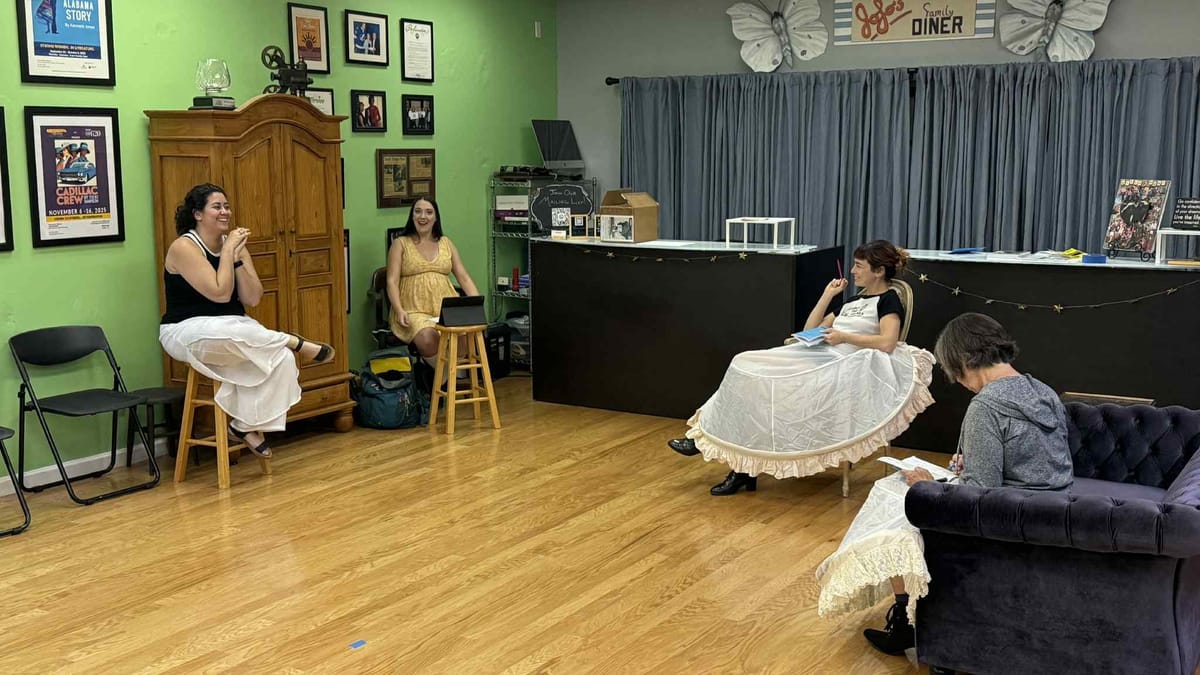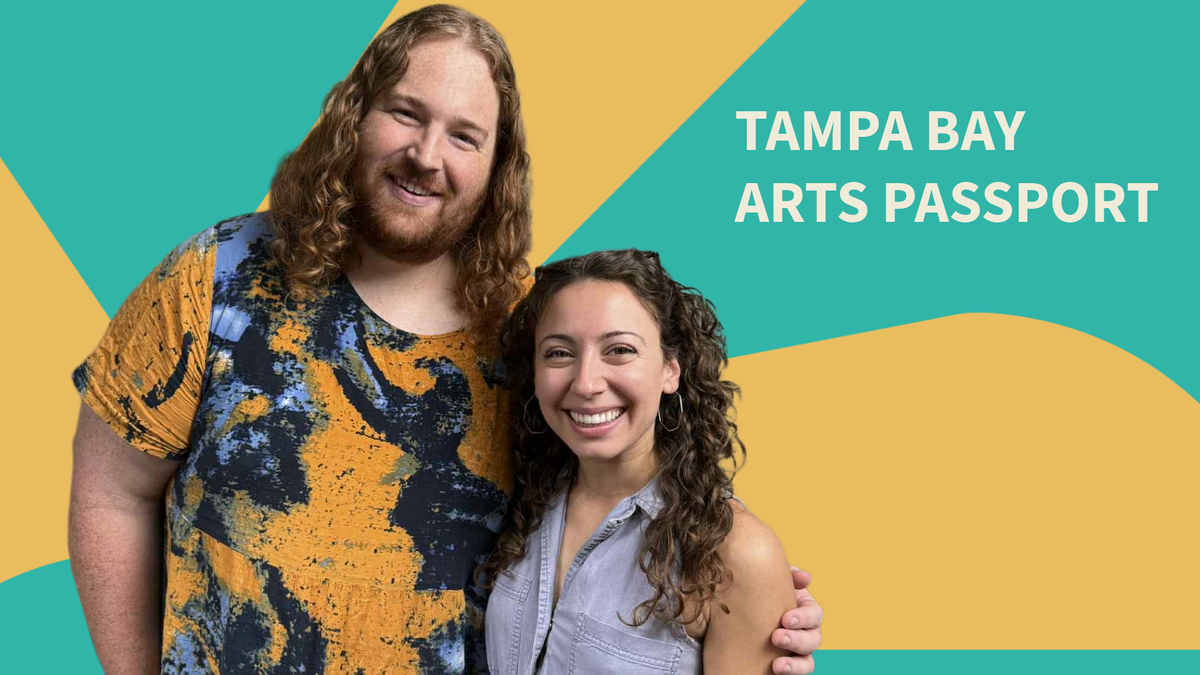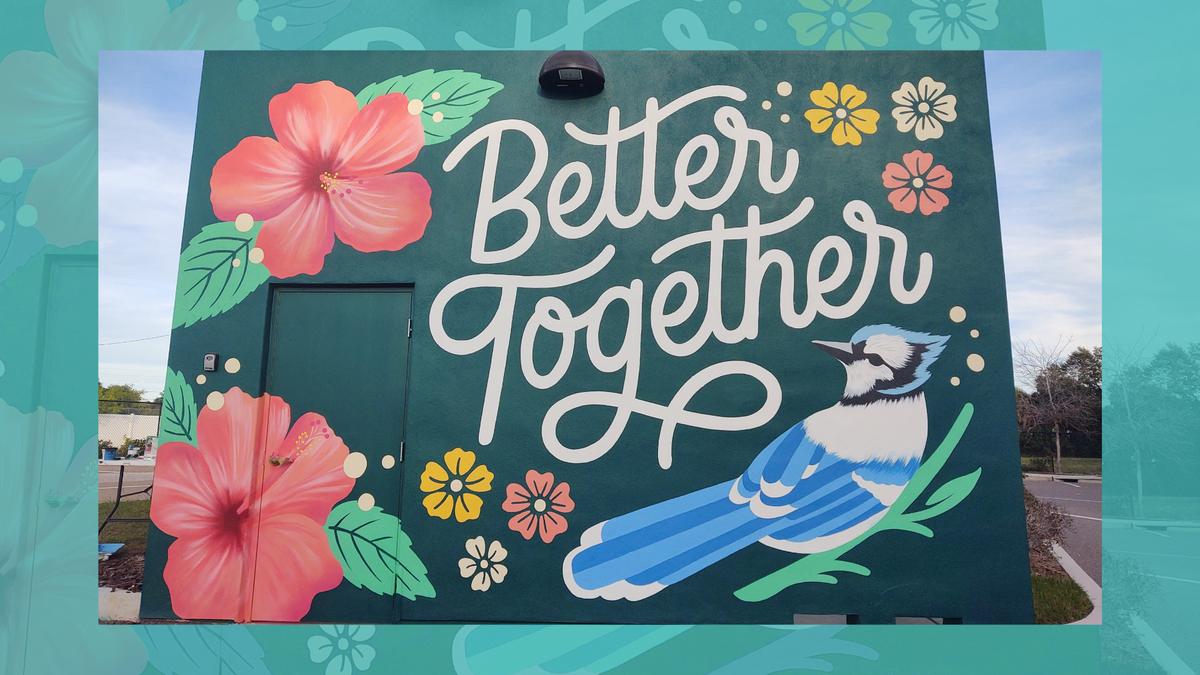From Boxcar to Boat: Florida Holocaust Museum Reopens as St. Pete’s Cultural Crown Jewel
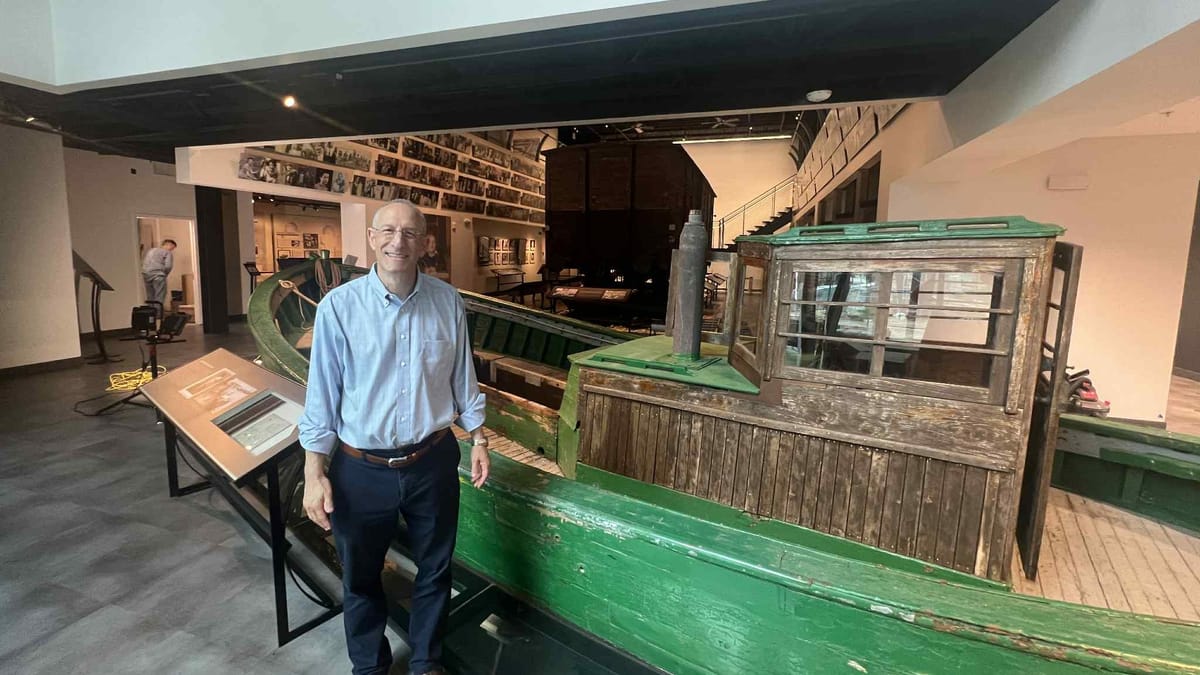
By Avery Anderson
On a recent walk-through, the Florida Holocaust Museum felt like the final hours before a major premiere—lightbulbs being threaded into place, display cases polished, and artifacts positioned with precision. There’s an electric thrill in the air—September 9’s grand reopening is nearly here.
Since Eric B. Stillman stepped into his role as President & CEO on June 1, he has guided the renovation with both urgency and vision. Under his leadership, the museum emerges not just renovated, but renewed. As one of only three Holocaust museums nationwide accredited by the American Alliance of Museums, it stands among the most prestigious cultural institutions in the country.
A Crown Jewel, Refreshed and Radiant
In the evolving cultural landscape of downtown St. Pete—where gleaming condo towers rise and nightlife pulses just blocks away—the museum shines as its moral and emotional anchor. This is more than a renovation; it’s a statement. The Florida Holocaust Museum is the crown jewel of St. Pete’s cultural scene, and today, more than ever, its light is brighter.
“There’s still so much to be done, and it will all get done, I can assure you of that,” says Stillman. “To know that our visitors are going to be able to come in and see this beautiful renovation and the beautiful expansion is just absolutely exciting, and I just can’t wait.”
From Tragedy to Rescue: The Boxcar Meets Thor
At the heart of the refreshed core exhibit, History, Heritage and Hope, the boxcar—a sobering symbol of deportation and death—now shares space with Thor, the Danish fishing boat that rescued Jewish refugees. The juxtaposition is visceral:
“The boxcar represents death, fear, and a certainty of going to gas chambers and concentration camps—a death camp,” Stillman said. “And then the fishing boat represents hope and a future. There can’t be a more profound placement of two objects of that much significance next to each other than that.”
The boat stands under blue lighting, with onboard sounds that evoke both peril and salvation, allowing visitors to embody history in a deeply felt way.
Elie Wiesel’s Legacy Comes to St. Pete
Perhaps the most profound addition isn’t an object, but a presence. The second floor now features a preview of the Elie Wiesel Collection, a set of artifacts from the Nobel Peace Prize–winner’s home and office. Plans are underway to eventually dedicate the entire third floor to the Wiesel Collection, without closing the museum again.
If you went to high school in the United States, chances are you encountered Wiesel through his searing memoir Night. His voice shaped generations of students’ first understanding of the Holocaust—not as distant history, but as lived trauma. Now, that voice will have a permanent home in St. Petersburg.
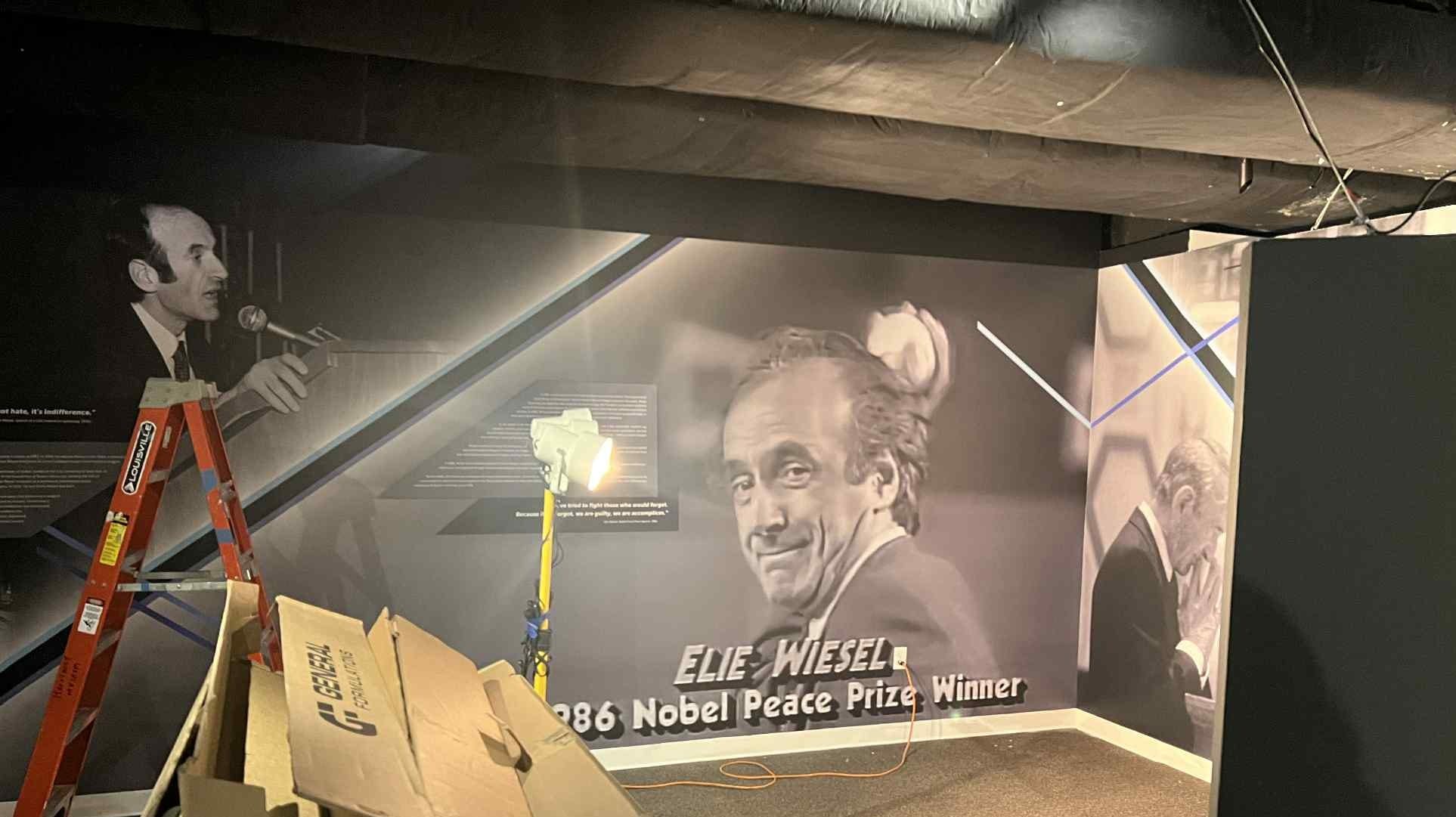
“Elie Wiesel had a personal connection to St. Petersburg,” Stillman said, recalling Wiesel’s 20 years teaching winter classes at Eckerd College, his role as honorary chair of the museum, and the Wiesel family’s decision to entrust the collection here. “The artifacts from his home, from his offices, are incredibly significant and really are tremendously meaningful to us that we’ve been entrusted this way.”
The presence of Wiesel’s personal books, writings, and possessions reinforces the museum’s dual mission: remembrance and education. It’s a reminder that the Holocaust is not distant history—it’s lived memory, carried forward through survivors, their families, and their words.
Arts Passport Book Club: Night
In partnership with the Florida Holocaust Museum
This November, Arts Passport Book Club will gather at the museum to read and reflect on Elie Wiesel’s Night — a searing memoir of survival, silence, and bearing witness.
Book Club Gathering: November 9, 11:00 AM
– 11:00 AM: Book discussion
– 12:00 PM: Guided tour of the newly reopened museum
November 9 is the anniversary of Kristallnacht, making the conversation even more resonant. Members receive a free copy of Night from Tombolo Books and free museum admission.
Optional reading: Open Heart, Wiesel’s later reflection on life, legacy, and human connection.
Join us for a powerful conversation on memory, justice, and resilience — and experience the museum’s next chapter in remembrance and education.
Conversations Across Generations
Among the most moving additions is the introduction of USC Shoah Foundation’s Dimensions in Testimony℠, an interactive installation that allows visitors to ask Holocaust survivors questions and receive real-time responses drawn from hours of recorded interviews.
Through advanced filming and natural language technology, museum-goers can have conversational interactions with survivors—ensuring their stories live on even when they no longer can share them in person.
The Florida Holocaust Museum features testimonies from four survivors who now call St. Petersburg home:
- Mary Wygodski, born in Vilna, Lithuania, who survived the Vilna Ghetto and multiple concentration camps before immigrating to the United States.
- E. Edward Herman, born in Warsaw, Poland, who escaped the Warsaw Ghetto as a child and lived through the war across Poland, Slovakia, and Hungary before building a new life in Israel, Canada, and eventually Florida.
- Helen Kahan, born in Romania, who survived Auschwitz, Bergen-Belsen, and a death march before immigrating to the U.S. in 1967.
- Betty Grebenschikoff, born in Berlin, who fled with her family to Shanghai and survived internment in the Hongkew ghetto before immigrating to the United States.
Together, their interactive biographies connect the global story of the Holocaust with Tampa Bay’s own community.
Memory Meets Today: A Design for Reckoning
Elsewhere, exhibits continue to challenge and connect. A gallery contrasts Holocaust history with Jim Crow-era signage—“Colored” and “White” reception doors—drawing clear parallels across injustice. Another panel showcases the patches of U.S. Army liberators alongside Holocaust artifacts. The intimate display of children’s shoes and striped uniforms brings history to human scale.
“Combating anti-Semitism through Holocaust education is a greatly underappreciated tool,” Stillman said. “We are giving people the opportunity to really delve in and understand these lessons, to take away from this experience how important it is to be an upstander.”
In an age of resurgent antisemitism and rising cultural polarization, these lessons feel particularly urgent.
A Beacon in a Tense Cultural Climate
Across Central Avenue, cranes frame the skyline, and the hum of new development contrasts with the contemplative quiet inside. The museum emerges as a moral anchor—a place of reflection amid acceleration, of remembrance amid reinvention.
“It’s remarkable to know, in the midst of all this, that the vibrancy of the cultural institutions in St. Pete, with the other museums and the Florida Holocaust Museum, are very much a part of that,” Stillman said.
The juxtaposition of nightlife and memory, progress and remembrance, underscores St. Pete’s unique identity.
A Community Moment — Everybody Is Welcome
For survivors and their descendants in Tampa Bay, and for the city as a whole, this reopening is an emotional milestone. “So many folks were saying to me, ‘I’ve been to the museum so many times, I can’t wait for it to reopen,’” Stillman shared. “That told me this was significant not only for survivors and their families, but for our entire community.”
As September approaches, Stillman offers a clear message:
“Everybody is welcome. This is an opportunity for our entire community.”
The Florida Holocaust Museum reopens September 9—a radiant, renewed centerpiece in St. Pete’s cultural crown.
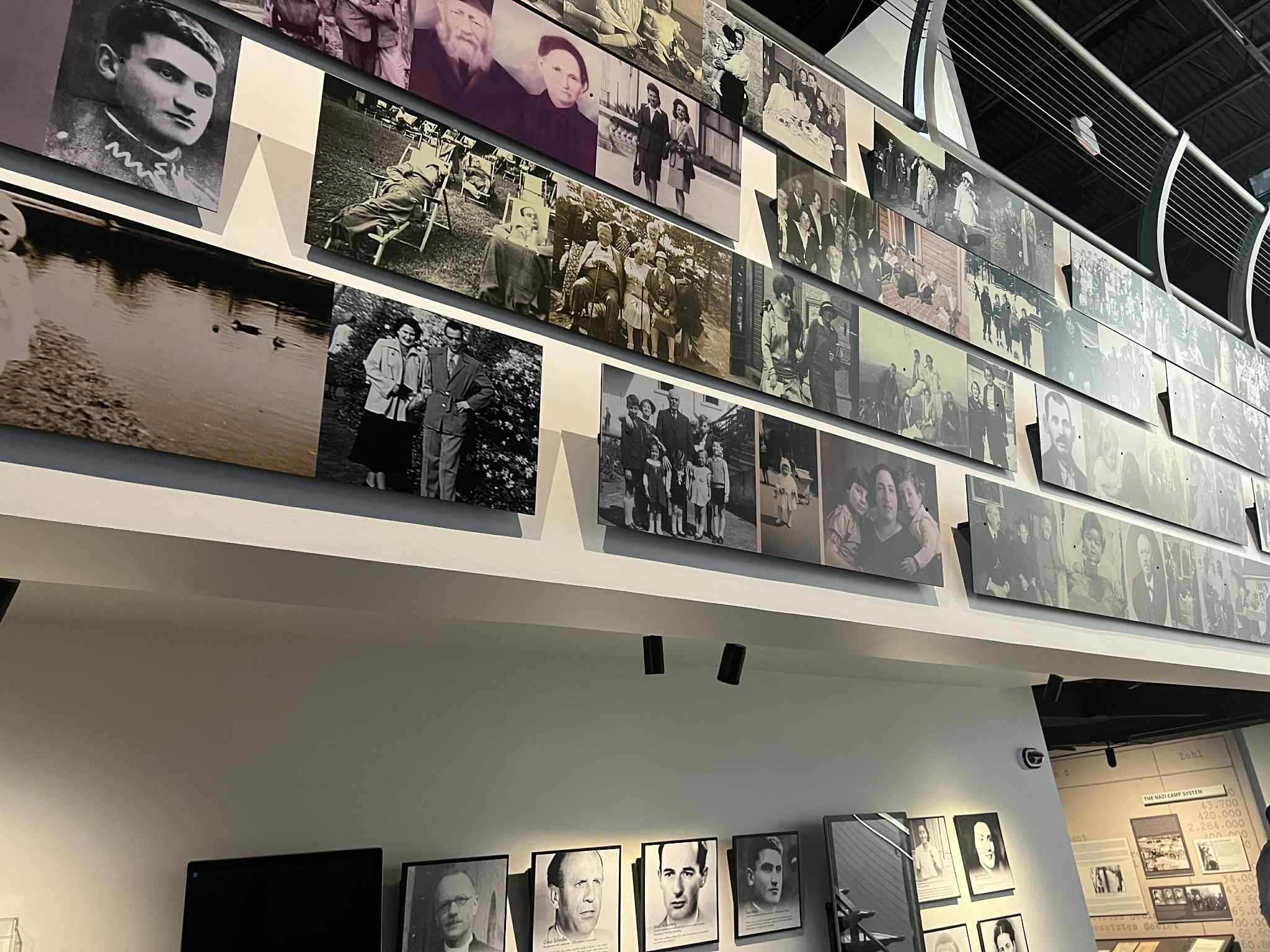
Thor, the Danish fishing boat → An authentic vessel used to rescue Jews to safety in Sweden during WWII, installed alongside the historic boxcar.
Revitalized core exhibition → History, Heritage and Hope redesigned with a new layout and deeper narrative arc.
Elie Wiesel Collection (preview) → Artifacts from Wiesel’s home and office, with plans to dedicate the third floor to his legacy.
Dimensions in Testimony℠ → Interactive survivor testimonies from four St. Pete residents, powered by USC Shoah Foundation technology.
New secure entrance → A more welcoming, accessible entry point with improved visitor flow.
Expanded second floor → Space for rotating exhibitions and traveling shows, including a “sneak peek” of Wiesel’s collection.
Immersive design touches → Blue lighting, soundscapes, and thoughtful installation choices that transform how visitors experience history.
